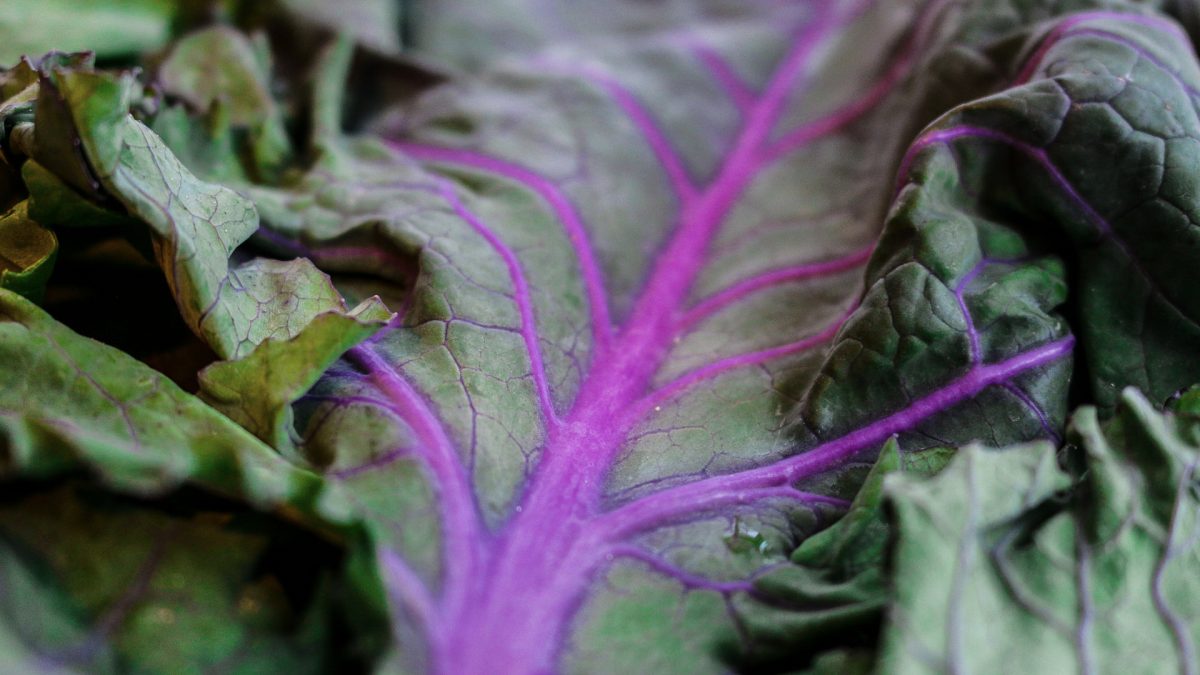It is commonly thought that those who eat plant-based diets may be more prone to iron deficiency, but it turns out that they’re no more likely to suffer from iron deficiency anemia than anybody else. This may be because not only do those eating meat-free diets tend to get more fiber, magnesium, and vitamins like A, C, and E, but they also get more iron.
The iron found predominantly in plants is non-heme iron, which isn’t absorbed as well as the heme iron found in blood and muscle, but this may be a good thing. As seen in my video, The Safety of Heme vs. Non-Heme Iron, avoidance of heme iron may be one of the key elements of plant-based protection against metabolic syndrome, and may also be beneficial in lowering the risk from other chronic diseases such as heart disease.
The data linking coronary heart disease and the intake of iron, in general, has been mixed. This inconsistency of evidence may be because of where the iron comes from. The majority of total dietary iron is non-heme iron, coming mostly from plants. So, total iron intake is associated with lower heart disease risk, but iron intake from meat is associated with significantly higher risk for heart disease. This is thought to be because iron can act as a pro-oxidant, contributing to the development of atherosclerosis by oxidizing cholesterol with free radicals. The risk has been quantified as a 27% increase in coronary heart disease risk for every 1 milligram of heme iron consumed daily.
The same has been found for stroke risk. The studies on iron intake and stroke have had conflicting results, but that may be because they had never separated out heme iron from non-heme iron… until now. Researchers found that the intake of meat (heme) iron, but not plant (non-heme) iron, was associated with an increased risk of stroke.
The researchers also found that higher intake of heme iron—but not total or plant (non-heme) iron—was significantly associated with greater risk for type 2 diabetes. There may be a 16% increase in risk for type 2 diabetes for every 1 milligram of heme iron consumed daily.
The same has also been found for cancer, with up to 12% increased risk for every milligram of daily heme iron exposure. In fact, we can actually tell how much meat someone is eating by looking at their tumors. To characterize the mechanisms underlying meat-related lung cancer development, researchers asked lung cancer patients how much meat they ate and examined the gene expression patterns in their tumors. They identified a signature pattern of heme-related gene expression. Although they looked specifically at lung cancer, they expect these meat-related gene expression changes may occur in other cancers as well.
We do need to get enough iron, but only about 3% of premenopausal white women have iron deficiency anemia these days. However, the rates are worse in African and Mexican Americans. Taking into account our leading killers—heart disease, cancer, and diabetes—the healthiest source of iron appears to be non-heme iron, found naturally in abundance in whole grains, beans, split peas, chickpeas, lentils, dark green leafy vegetables, dried fruits, nuts, and seeds.
But how much money can be made on beans, though? The processed food industry came up with a blood-based crisp bread, made out of rye flour and blood from cattle and pigs, which is one of the most concentrated sources of heme iron, about two-thirds more than blood from chickens. If blood-based crackers don’t sound particularly appetizing, you can always snack on cow blood cookies. And, there are always blood-filled biscuits, whose filling has been described as “a dark-colored, chocolate flavored paste with a very pleasant taste.” (It’s dark-colored because spray-dried pig blood can have a darkening effect on the food product’s color.) The worry is not the color or taste, it’s the heme iron, which, because of its potential cancer risk, is not considered safe to add to foods intended for the general population.
Previously, I’ve touched on the double-edged iron sword in Risk Associated With Iron Supplements and Phytates for the Prevention of Cancer. It may also help answer Why Was Heart Disease Rare in the Mediterranean?
Those eating plant-based diets get more of most nutrients since whole plant foods are so nutrient dense. See Nutrient-Dense Approach to Weight Management.
In health,
Michael Greger, M.D.
PS: If you haven’t yet, you can subscribe to my free videos here and watch my live, year-in-review presentations:
- 2012: Uprooting the Leading Causes of Death
- 2013: More Than an Apple a Day
- 2014: From Table to Able: Combating Disabling Diseases with Food
- 2015: Food as Medicine: Preventing and Treating the Most Dreaded Diseases with Diet
- 2016: How Not To Die: The Role of Diet in Preventing, Arresting, and Reversing Our Top 15 Killers
